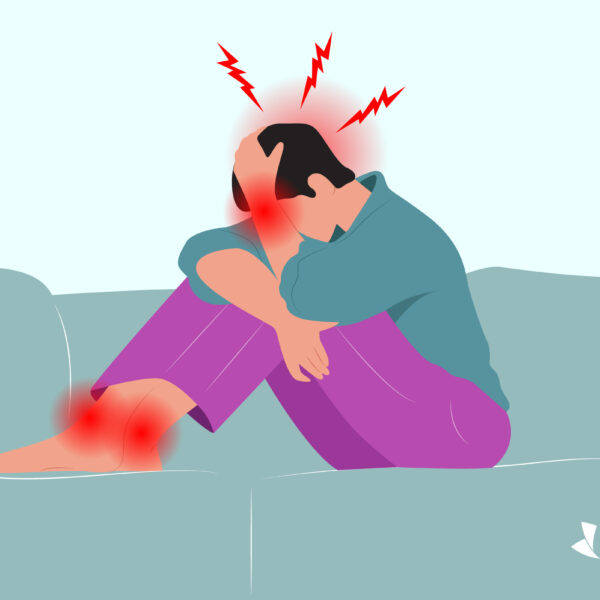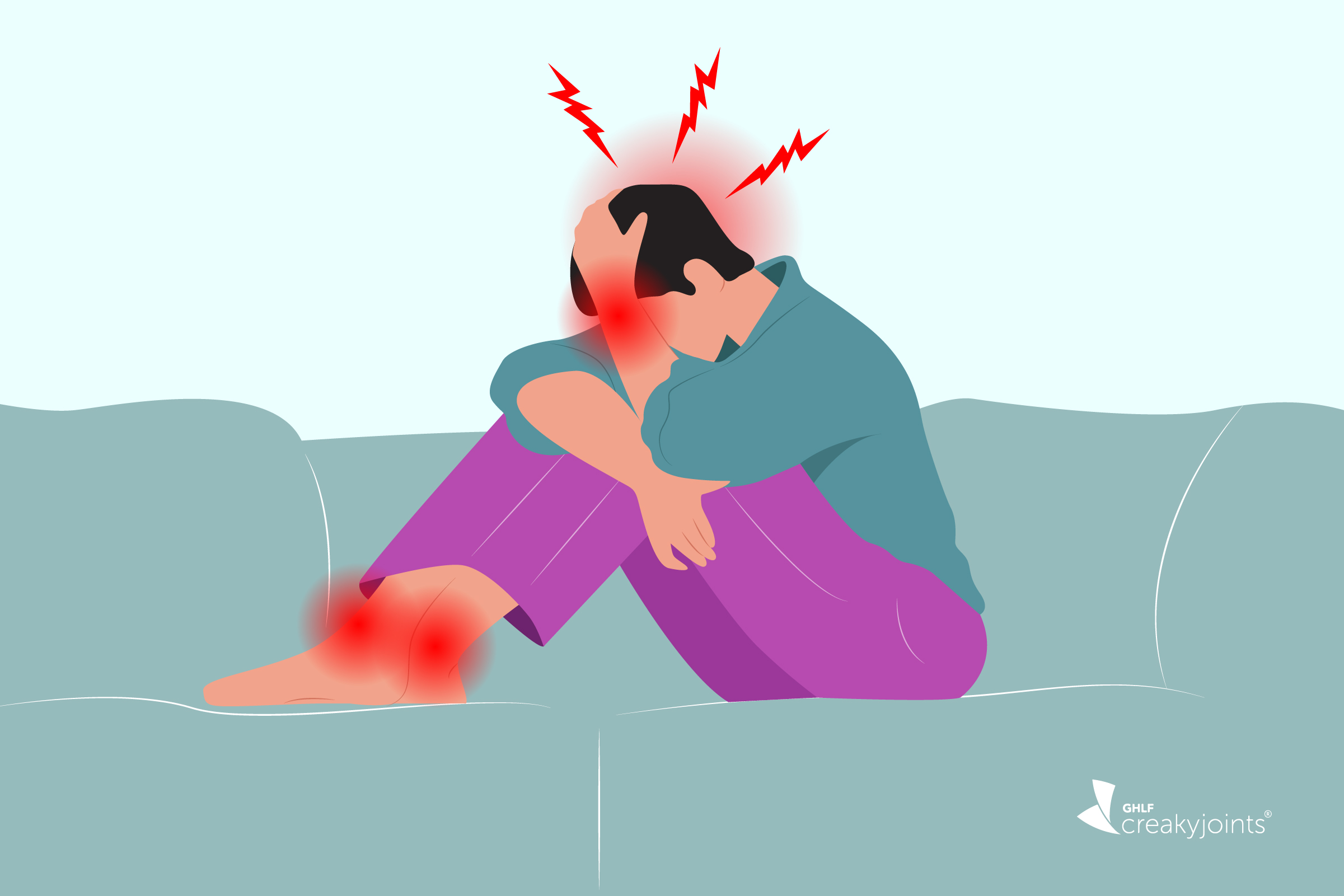Discover the symptoms of brain fog linked to migraine and learn coping strategies to manage cognitive challenges.
Exciting News for Migraine Patients: American Headache Society Recommends CGRP-Targeting Therapies as a First-Line Treatment
American Headache Society Recommends CGRP-Targeting Therapies as a First-Line Treatment
March 14, 2024
Susan Jara

The American Headache Society (AHS) has released an updated consensus statement that could transform how migraine is treated. The statement, which was published in Headache: The Journal of Head and Face Pain, suggests therapies targeting calcitonin gene-related peptide (CGRP), which include monoclonal antibodies (erenumab, fremanezumab, galcanezumab, and eptinezumab) and small-molecule CGRP receptor antagonists (rimegepant and atogepant), as a first-line option for preventing migraine attacks.
Historically, migraine patients had to fail several preventative therapies before gaining access to these newer options “The previous consensus statement endorsed what’s called step therapy, which means that before getting to these CGRP-targeting therapies, one had to try at least two other established preventive therapies,” says Andrew Charles, MD, FAHS, position statement Co-author and President of the American Headache Society. This approach often led to delays in accessing effective treatment.
“We’re not saying that these therapies are the first-line option; we are saying they are a first-line option, explains Dr. Charles. “There certainly may be individuals for whom the established therapies may a be the ones that we choose, but we don’t want to have to choose those first.”
CGRP therapies are changing how migraine is treated. Unlike traditional migraine treatments, which were repurposed from other medical fields, CGRP-targeting therapies are designed specifically for migraine. “They’re based on a really solid foundation of evidence that CGRP plays a primary role in generating migraine and that inhibiting CGRP is an effective way of treating migraine,” Dr. Charles explains.
Advancing Research, Advocating for Better Care
These new treatments have demonstrated remarkable efficacy in both clinical and real-world studies, notes Dr. Charles, with some patients experiencing a staggering 75 to 100 percent reduction in migraine attacks. “If you think about that for a patient who’s typically losing four or six or eight to 10 days per month to migraine, [reducing] that to one or two is an absolutely profound effect.”
Adds Dr. Charles: “We hear the words ‘my life has changed’ more often in the last few years than we’ve had basically in my entire career. These people come in and just say, I had no idea how it felt to have that sort of clarity of thinking, the energy, the sense of well-being…it’s kind of a revelation to a lot of people.”
Not only does this statement have the potential to impact patients’ lives, minimizing lost workdays, diminished quality of life, and missed family time due to migraine, but it also contributes to the advancement of our understanding of this intricate condition. “These approaches are not only helping patients feel better, but they’re also helping us understand migraine better so that we can kind of take them back to the laboratory and the research settings to be able to then develop even new and better treatment,” Dr. Charles adds. “So there is enormous momentum right now and enormous excitement in our field.”
Dr. Charles encourages patients to advocate for themselves and discuss these groundbreaking recommendations with their primary doctors, especially if seeing a specialist is not feasible. “It’s entirely reasonable to just basically put this consensus statement in front of them and say, ‘What do you think about this?’” Simply bringing up the AHS’s statement and asking for their opinion could lead to better treatment options.
“Primary care physicians might make more use of these therapies if they see that we’re endorsing them as very safe and well-tolerated,” Dr. Charles notes. By fostering a collaborative approach to treatment decision-making, the consensus statement empowers patients to advocate for their needs and encourages providers to explore innovative therapeutic options.
Ultimately, the goal is to support patients so they can take better control of their treatment. Everyone deserves access to effective migraine care, and the AHS is working hard to make that a reality.
Hear From More Experts and Patients Living with Migraine
Talking Head Pain is a podcast that confronts head pain, head on. Brought to you by the Global Healthy Living Foundation and hosted by migraine advocate Joe Coe, this show explores how people living with migraine, cluster headache, and other types of intense pain find ways to better manage their disease. Listen here.
Sources:
Interview with Andrew Charles, MD, FAHS, position statement Co-Author and President of the American Headache Society.
Charles, A ,et al. “Calcitonin Gene‐related Peptide‐targeting Therapies Are a First‐line Option for the Prevention of Migraine: An American Headache Society Position Statement Update.” Headache: The Journal of Head and Face Pain. March 11, 2024. doi: https://doi.org/10.1111/head.14692.
SUBSCRIBE TO GHLF
RELATED POST AND PAGES
_
Was this article helpful?
YesNo




